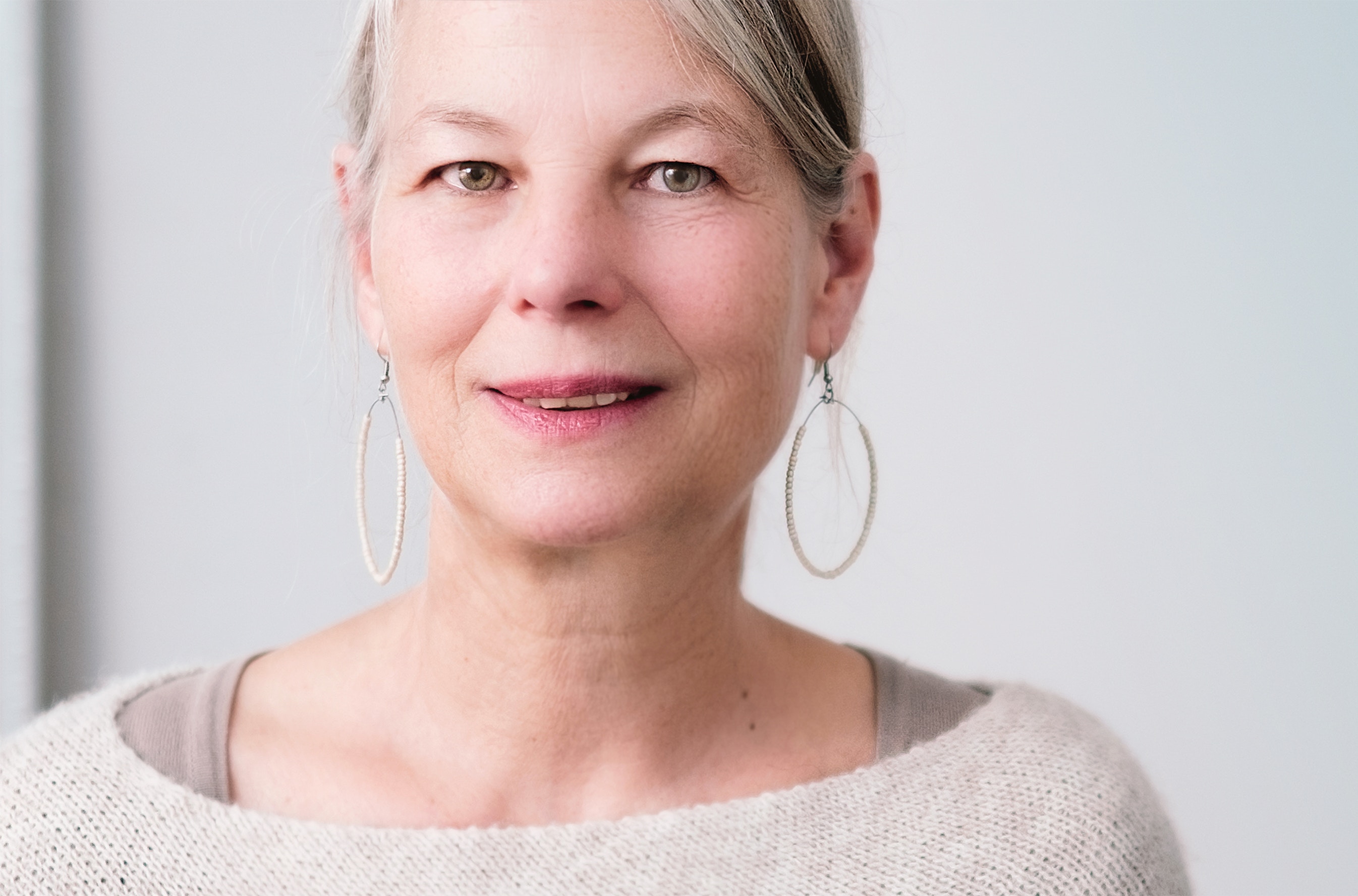Scientists have begun studying the science of hope. As it turns out, there are some features about hope that are surprisingly different than initially thought. Barbara Fredrickson, one of the lead researchers on positive emotions, has identified hope as the only positive emotion motivated by negativity.
Other researchers have joined in the investigation of hope, and their findings shed light on ways to harness its power. From my analysis, there are five common assumptions about hope this new research has challenged:
Myth #1: Hope is purely positive.
Fact: Hope is the only positive emotion that needs negativity or uncertainty.
This is perhaps the most significant shift in understanding hope. Studies show that reframing our negative situations as challenges rather than threats changes how we approach them. In defending ourselves from a perceived threat, we use our energy for survival. When we recognize our situation as a challenge, we’re more likely to mobilize our resources to cope.
Myth # 2: You either have hope, or you don’t.
Fact: Hope can be stimulated and cultivated.
One of the more exciting findings had to do with dispositional—or trait mindfulness. Research shows that being able to be aware, non- judgmentally of our circumstances and surrounding stimulates hope. The more mindful we are of what we are doing—the higher our sense of hope. Researchers believe this is because being deliberately mindful is a form of self-control—and control is central to how hope works.
Myth #3: Your circumstance regulates how much hope you’ll have.
Fact: You can calibrate your circumstance to regulate how much hope you have.
Medical researchers have found when people can calibrate their expectations in recovery, they can activate hope. One woman who had been hoping for a complete recovery from her breast cancer diagnosis was always depressed. Every day she was told she hadn’t completely recovered she saw the treatment as a failure. When she was able to calibrate her expectations: “I’m going to go to my granddaughter’s recital tonight and enjoy myself,” she was much more hopeful—which then actually speeded her recovery. Calibration of our expectations gives us a way to engage and stimulate the process of hope.
Myth #4: Hope is the same as faith.
Fact: Hope is when we believe we can positively impact our future. Faith is when we believe something greater will.
Ultimately, hope is about what we believe we have control over in the future. Martin Seligman, one of the central figures in the positive psychology movement, has done research demonstrating that it is our assessment of the future that determines how much hope we have. Hope comes from doing the things we can to make a difference, while faith happens when we believe something greater than us is responsible for creating the change. The best of both worlds tend to be when we’ve done all that we can—and have faith that this will be enough to bring about the hope for change.
Myth #5: Hope Influences our belief system.
Fact: Hope is informed and primed by our beliefs.
In practical terms, this finding is perhaps the most dramatic. It is our beliefs that will determine whether or not we hope. The importance of our beliefs was demonstrated by researchers hypnotizing subjects into believing that a substance they were allergic to wasn’t the real thing. Subjects given this belief did not have an allergic reaction even though they should have.
We are meant to do more than survive—we are meant to thrive. Hope is the link that moves us toward thriving—and our beliefs are at the very heart of what makes hope work. As Henry Ford confirmed: “Whether you think you can, or you think you can’t – you’re right.”


